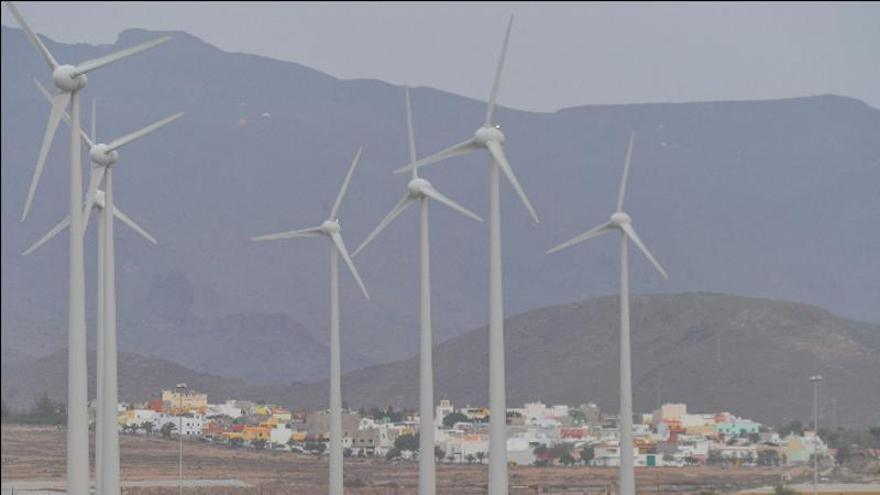
For the first time, global electricity demand coverage exceeded 30% last year. This data, included in the “Global Electricity Review 2024” report published this week, surpasses by more than ten points the 19.4% that ended in Canarias, according to data from the electricity system operator (Red Eléctrica, REE). The position is poor in terms of meeting the decarbonization commitment by 2040, although the introduction of green energy storage infrastructure could change the landscape.
This is the card that the Ministry for Ecological Transition and Energy of the Government of Canarias hopes to play. The calculations of the department headed by Mariano Hernández Zapata contemplate Salto de Chira as a turning point. It is anticipated that just with this pumping system, which will prevent the loss of a significant amount of megawatt-hours obtained without emitting harmful gases into the atmosphere, half of the demand in Gran Canaria can be covered.
It is the way forward. In submitting ideas to REE for the 2025-2030 planning, the General Director of Energy of the regional government, Alberto Hernández, did not hesitate to include a similar system for pumping on the island of Tenerife. In this way, the goal is to reach the same level as the other capital island and reduce CO2 emissions and other harmful gases that damage the atmosphere by 20%.
There is often the paradox of having to stop wind turbines when they can produce more energy due to insufficient demand. However, with the support of a storage system, renewables would increase their presence in the energy mix. Last year, wind technology accounted for 15.1% of total generation, and photovoltaics for 9.5%.
An Enviable Location
[–>
The trade winds and hours of sunshine make the Archipelago a place to envy when it comes to promoting the use of clean energy. The autonomous community still shines when looking towards the future and observing the path of innovation, with the utilization of the ocean – marine wind, tidal, wave – on the road to decarbonization.
Spain appears in global rankings of electricity generation with the sun as a source. It ranks eighth in terawatt-hours, sixth in photovoltaic presence (16.7%) in the energy mix, and third in relation to the population; every Spaniard is allotted 949 kilowatt-hours, just behind Australia and the Netherlands.
In the same vein focusing on wind energy, the country is the world’s seventh-largest producer of energy from its wind turbines, occupying the same seventh position with a 24% presence in the energy mix and eighth in per capita distribution. Canarias doesn’t add value in either case.
On the contrary, the more than fifteen lost years between the end of the last century and the beginning of this one motivate the current situation to strive to reverse the trend and move to the forefront of Spanish regions.
During the latest debate on the state of the autonomy, the President of Canarias, Fernando Clavijo, emphasized the regional government’s “non-negotiable commitment” to achieve “the decarbonization target by 2040”.
Meeting the Pniec
[–>
This entails achieving “a 62% penetration of renewables in electricity generation by 2030”. In other words, it is about making a huge leap and tripling the values in six years. Accomplishing this would mean meeting the requirements outlined in the National Integrated Energy and Climate Plan (Pniec), which demands at least 58% from Canarias.
If the challenge is set considering the total energy demand – not just electrical – the requirement is even greater. Achieving this would mean increasing today’s 5% sixfold to 29%. In any case, innovative solutions will be crucial. The rapid introduction of new energy vectors such as green hydrogen will be decisive.
The speed of development of vectors like green hydrogen allows for dreaming
[–>
Also, the inclusion, by the Ministry of Ecological Transition and Energy, in the 2025-2030 planning of the interconnection that will create a single electrical system in the three islands of the eastern province is crucial. Connecting Gran Canaria with Lanzarote and Fuerteventura will allow the latter two to benefit from the surplus of clean energy that can be stored in Salto de Chira.
Subscribe to continue reading
















